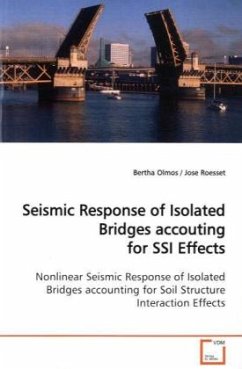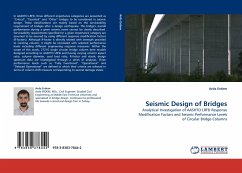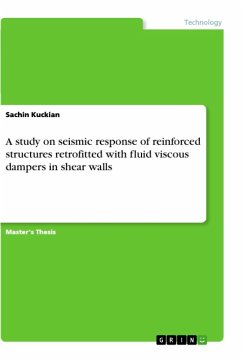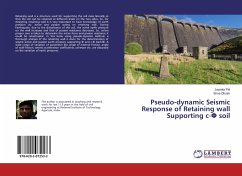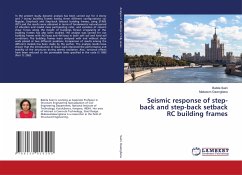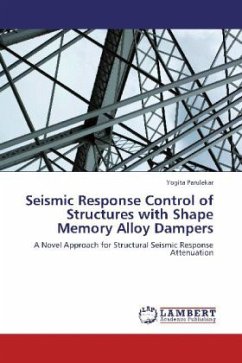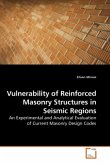A parametric analysis of typical base isolated
bridges was conducted. The bridges were located in
different soil types and were subjected to different
earthquakes. The work had two main objectives: to
asses the effects of the nonlinear behavior of the
isolation pads of the bridges on the seismic
responses (accelerations, displacements, and
pier seismic forces), and to study combined effects
of base isolation and inertial interaction due to the
presence of flexible foundations.
The analytical models used for the study were
selected on the basis of initial evaluation of
different models proposed in the literature to
represent a bridge structure and to evaluate the
isolation pads nonlinear behavior.
The results of the work show the efficiency of base
isolation pads in improving the seismic performance
of bridges in most cases. They suggest that the
inertial SSI effects will not be generally important
for bridge foundations designed with a factor of
safety of 3, with more than one line of piles in
either direction, but for slender piers it is
important to carefully evaluate the translations on
top of the piers due to the rocking effects of the
foundation.
bridges was conducted. The bridges were located in
different soil types and were subjected to different
earthquakes. The work had two main objectives: to
asses the effects of the nonlinear behavior of the
isolation pads of the bridges on the seismic
responses (accelerations, displacements, and
pier seismic forces), and to study combined effects
of base isolation and inertial interaction due to the
presence of flexible foundations.
The analytical models used for the study were
selected on the basis of initial evaluation of
different models proposed in the literature to
represent a bridge structure and to evaluate the
isolation pads nonlinear behavior.
The results of the work show the efficiency of base
isolation pads in improving the seismic performance
of bridges in most cases. They suggest that the
inertial SSI effects will not be generally important
for bridge foundations designed with a factor of
safety of 3, with more than one line of piles in
either direction, but for slender piers it is
important to carefully evaluate the translations on
top of the piers due to the rocking effects of the
foundation.

